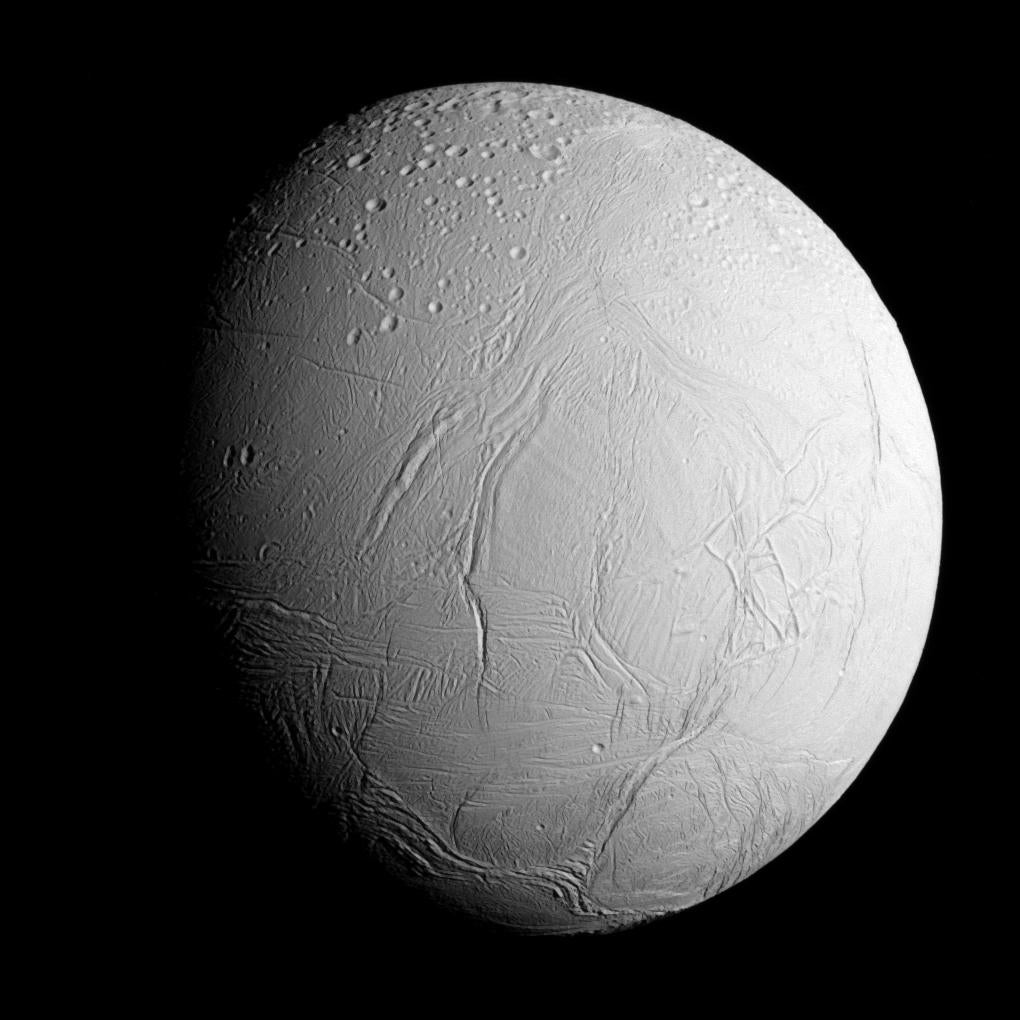You might not expect Lake Whillans to be a cradle for life, as it’s freezing cold and lies beneath 762 m of Antarctic ice. But as a team of glaciologists recently reported, it is precisely those conditions that nurture microscopic organisms, which feast on the rock beneath the continent.
The 60-square-kilometre body of water was discovered from space in 2007 and has since become one of the primary resources for glaciologists and biologists eager to understand the ecosystems below Antarctica. These ecosystems are interconnected rivers and lakes that sit under the ice, filled with extremophiles that jive with the cold and pitch-black water.
In subglacial Lake Whillans, the locals are mostly bacteria and archaea — not entirely surprising, given the harshness of the conditions. But how do the organisms get by without sunlight or much in the way of food? As the recent team of researchers report in Nature Earth & Environment, pulverised bedrock releases a bevy of compounds that make a healthy diet for such microbes.

“Although the study focused on samples obtained from a single subglacial lake, the results could have much wider implications,” said Beatriz Gill Olivas, lead author of the paper and a glaciologist at the University of Bristol in England, in a university press release. “Subglacial Lake Whillans is part of a large interconnected hydrological system, so erosion taking place upstream could represent a potential source of biologically important compounds to this and other lakes within the system that might harbour thriving communities of microbial life.”
The organisms in Lake Whillans weren’t just eking out existence; previous research showed they had an abundance of nutrients to sift through, so much so that the lake provided 54 times the amount of carbon necessary to sustain life in an adjacent water body. Without any sunlight to speak of, previous teams suggested, the nutrients — namely nitrogen, iron, sulphur, and carbon compounds — could be derived from the lake sediments.
For want of a subglacial mortar and pestle, the team extracted sediment cores from the lakebed using a borer and ground them up in a lab environment, hoping to induce the sediments into the same sort of chemical reactions they engage in under Antarctica. They crushed the sediments and soaked them in frigid, anoxic water. Gill Olivas’s team found that the sediments could provide 25% of the methane required by microbes that rely on the compound, as well as ammonium, from which many organisms in the water could extract energy. In fact, a single hefty crushing event could supply 120% of the needed amount of ammonium, they said. The crushing sessions also turned up carbon dioxide and hydrogen, the latter of which is an essential part of the microbial diet.
The implications aren’t merely terrestrial (erm, marine). The water under Antarctica is a welcome proxy for planetary scientists hoping to unpack the mysteries of icy moons like Jupiter’s Europa and Saturn’s Enceladus, which may have oceans beneath their icy crusts where similar compounds could exist.

